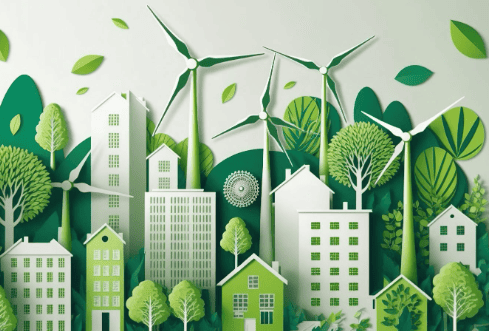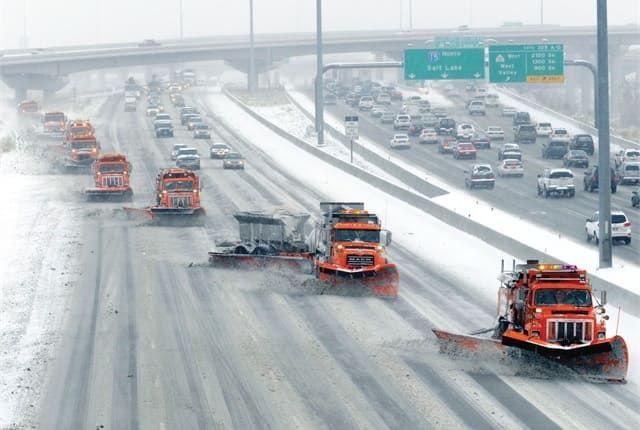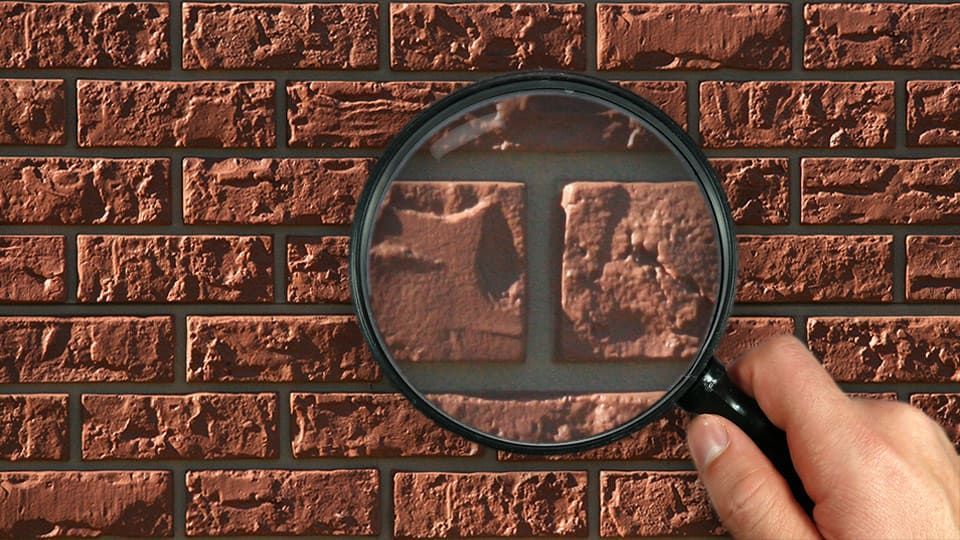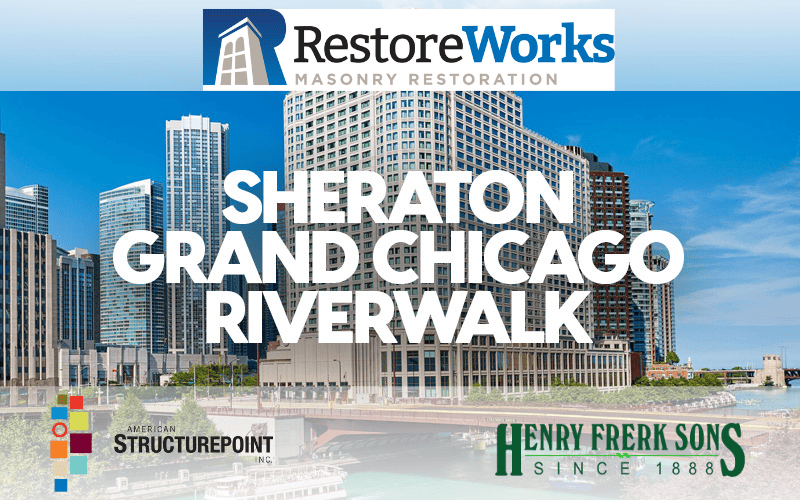Masonry cleaning is more than just looks. it’s an important step in maintaining your building’s character. Whether you’re dealing with pollution stains, biological growth, or efflorescence, selecting the right cleaning method ensures that your masonry remains undamaged while restoring its original appearance. This guide breaks down common masonry cleaning techniques and how to determine the best approach for your building.
Understanding Masonry Cleaning Methods
Masonry cleaning methods typically fall into three categories: water-based, chemical-based, and abrasive techniques. Each has its applications and limitations depending on the building material, type of staining, and historical considerations.
Water-Based Cleaning Techniques
Water-based methods are often the least invasive and include:
- Low-Pressure Washing – Suitable for light dirt and grime removal without damaging delicate masonry.
- Soaking – Effective for removing water-soluble stains like efflorescence over time.
- Steam Cleaning – Works well for biological growth such as algae and moss.
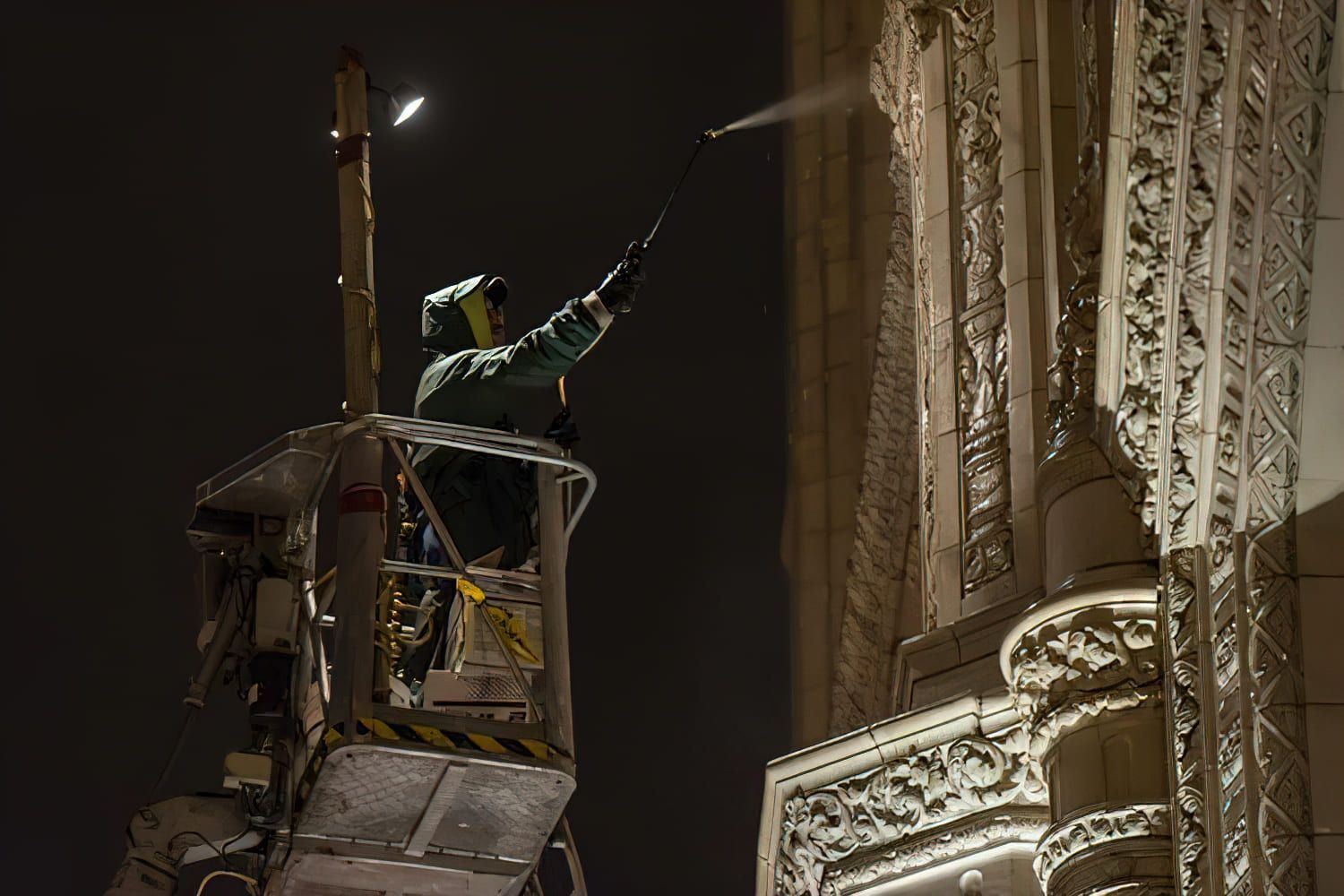
Chemical-Based Cleaning
Chemical cleaners target specific stains and contaminants:
- Acid-Based Cleaners – Commonly used for removing mineral stains and efflorescence from brick and concrete. However, improper use can cause damage.
- Alkaline Cleaners – Effective for oil, soot, and carbon staining, often used in conjunction with neutralizing rinses.
- Biocides – Used to eliminate and prevent biological growth like mold and mildew.
Abrasive Cleaning Techniques
Abrasive cleaning should be approached with caution, as it can damage the masonry surface:
- Micro-Abrasive Blasting – A controlled process used for historic masonry where precision is required.
- Grinding and Sandblasting – Typically not recommended due to its potential to remove the protective outer layer of the masonry.
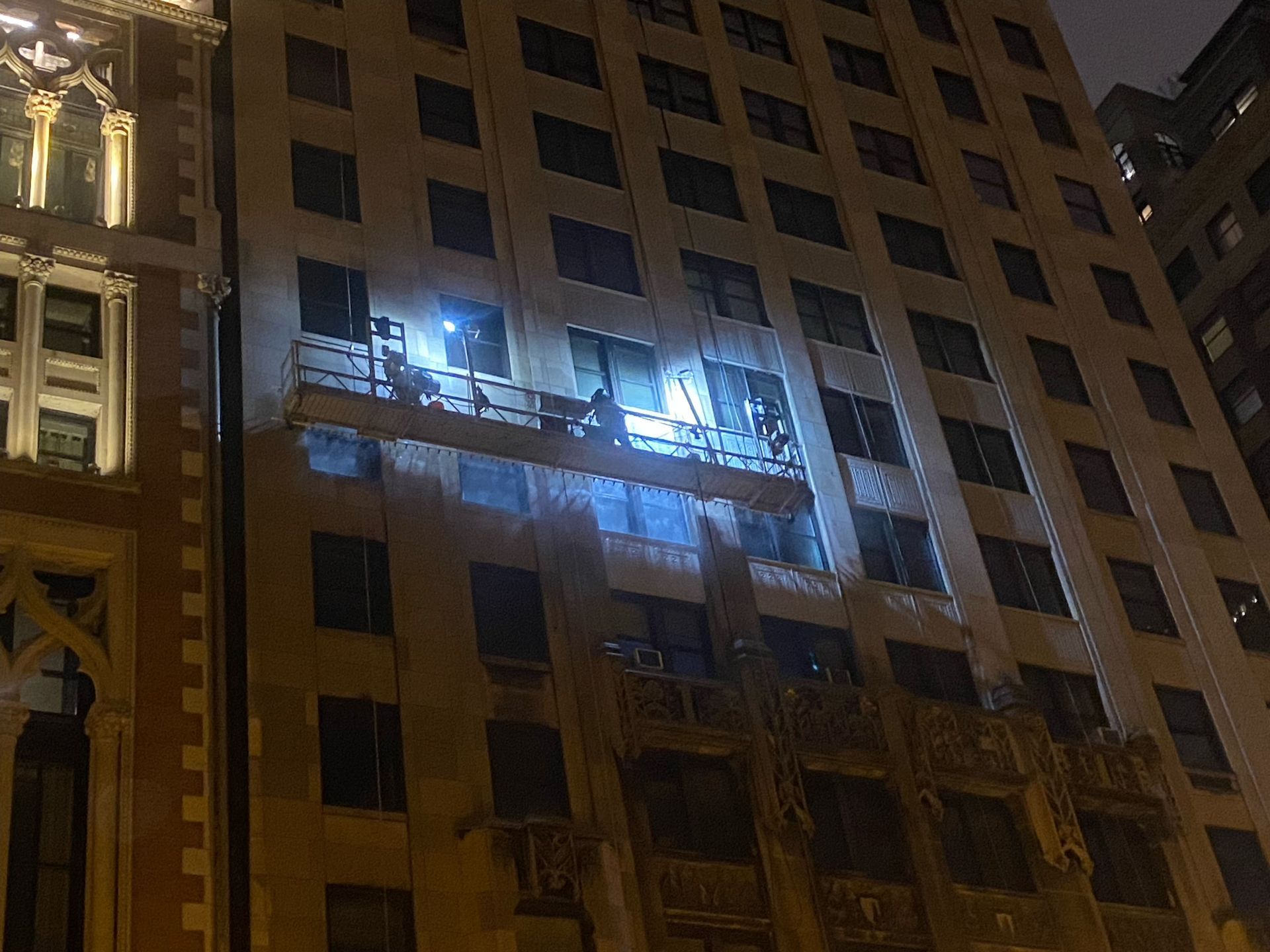
Choosing the Right Method for Your Building
To determine the best restorative masonry cleaning approach, consider the following factors:
1. Identify the Masonry Type
Different masonry materials react differently to cleaning methods:
- Brick and terracotta can be sensitive to acidic cleaners.
- Limestone and marble require non-acidic cleaning solutions.
- Concrete can withstand stronger cleaning methods but must be assessed for prior coatings or treatments.
2. Assess the Type of Staining
Common masonry stains include:
- Carbon buildup from pollution (requires restorative masonry cleaning contractor expertise)
- Biological growth such as algae, mold, and mildew (best treated with biocides)
- Efflorescence from soluble salts (requires gentle water-based cleaning)
- Paint or graffiti (requires chemical stripping or micro-abrasive techniques)
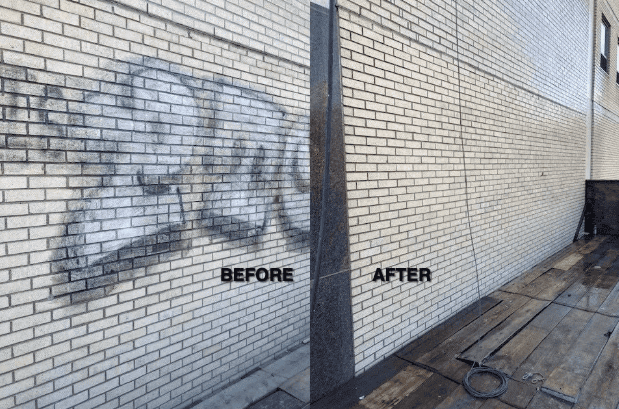
3. Consider the Building’s Age and Condition
Historic buildings often require an experienced, commercial masonry restoration contractor to ensure cleaning methods do not damage fragile surfaces. Newer structures may have coatings or treatments that influence the cleaning approach.
4. Environmental and Safety Concerns
Some cleaning methods require neutralization to prevent damage to surrounding materials. Chemical runoff and airborne particulates should be managed properly to ensure compliance with environmental regulations.
Why Professional Expertise Matters
Choosing the wrong masonry cleaning method can lead to irreversible damage, including surface erosion, discoloration, or increased porosity. A commercial restorative masonry cleaning contractor has the expertise to assess masonry conditions and apply the most effective cleaning techniques without compromising your structural integrity.
For example, improper use of acid cleaners on limestone can lead to etching, while aggressive sandblasting can permanently damage historic brick. Professional masonry cleaning ensures:
- A tailored approach based on material, staining, and environmental factors.
- Compliance with preservation guidelines for historic structures.
- Long-term protection through appropriate sealing and maintenance recommendations.

RestoreWorks: Your Partner in Masonry Cleaning and Restoration
With over 35 years of expertise, RestoreWorks started in 1988 as Midwest Pressure Washing and Restoration, Inc., servicing Northwest Indiana with professional pressure washing. From cleaning semi-trailers and storefronts to tackling complex masonry restoration today, we've built a reputation for quality and precision. Our team specializes in facade restoration, lintel repair, and expert masonry cleaning. Contact RestoreWorks for a professional assessment and tailored restoration plan.


